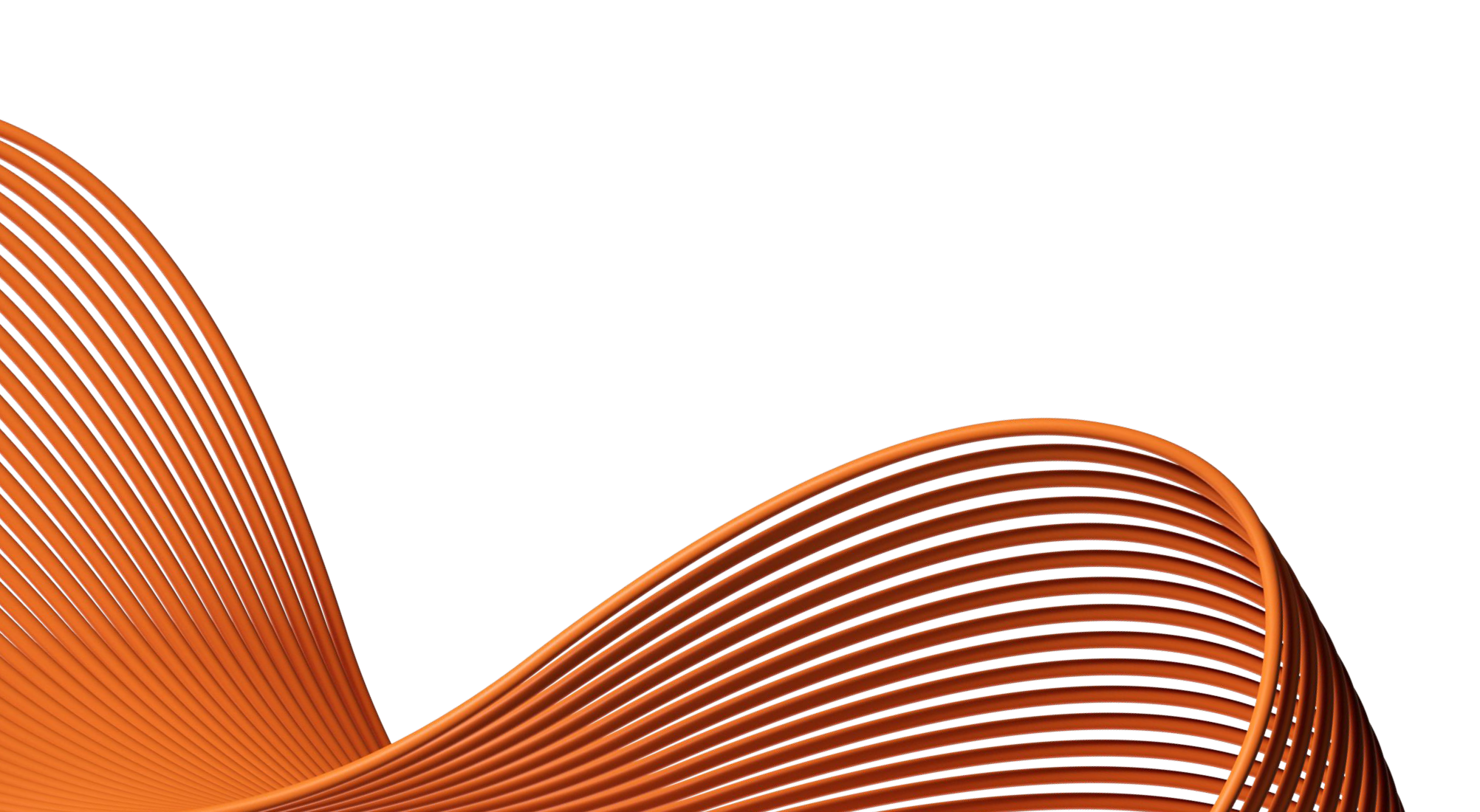- Our Products
- Upper Extremity
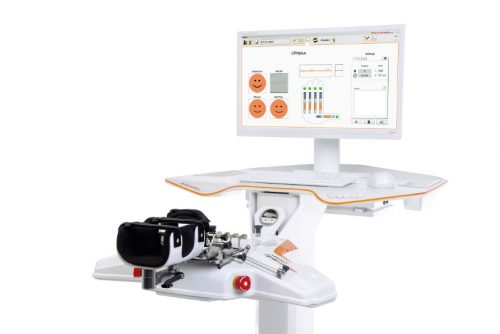 Amadeo Finger-Hand-Rehabilitation
Amadeo Finger-Hand-Rehabilitation
Amadeo is giving hands back their grip and fingers their finesse. Patients who are barely able or unable to grasp can perform hundreds of robot-assisted grasping movements. It won’t train a new Mozart. But it will help patients return to the piano, handwriting Christmas cards, and grabbing life firmly by the horns.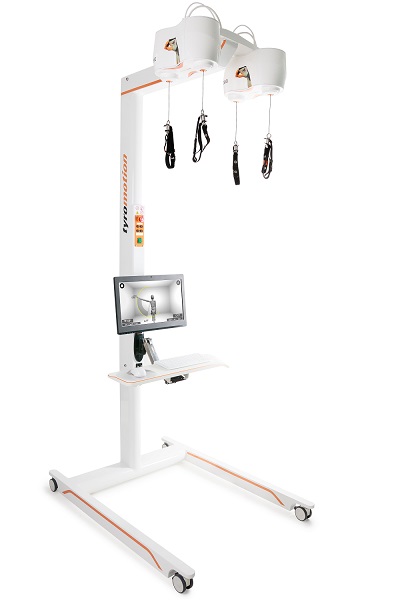 DiegoShoulder-Arm-Rehabiliation
DiegoShoulder-Arm-Rehabiliation
Diego is designed to strengthen what’s important. Whether proximal or distal training, Diego purposefully supports the rehabilitation of natural motion, allows the handling of everyday objects to be relearned, and is usable by adults and children alike.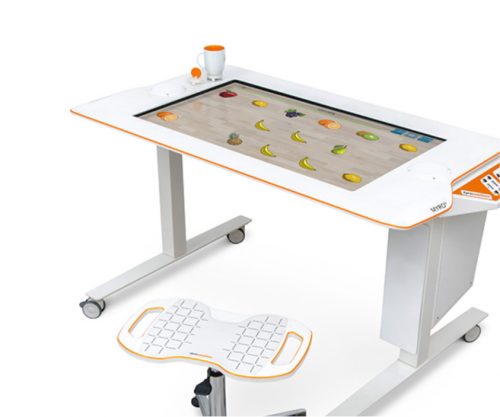 Myro Interactive and task-specific therapy
Myro Interactive and task-specific therapy
Myro is made for making humans get better! The sensor-based surface enables task-oriented rehabilitation with real objects, trains the patient’s cognitive abilities, and improves motor abilities of the upper extremity.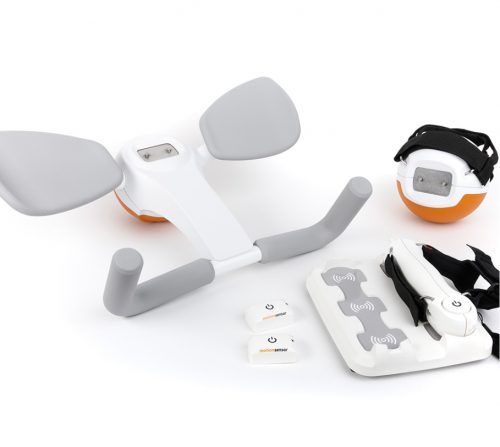 Pablo Upper Extremity Rehabilitation
Pablo Upper Extremity Rehabilitation
As a multifunctional rehabilitation device with comprehensive accessories, Pablo enhances classical therapy exercises with biofeedback, objective assessments, and gamification. It won´t train the next Picasso. But it will help patients to take back control of their lives.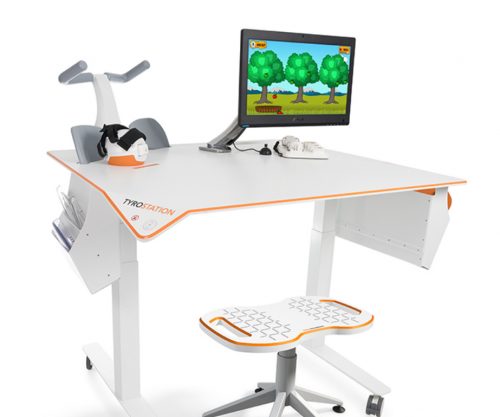 Tyrostation The perfect therapy setting
Tyrostation The perfect therapy setting
The Tyrostation is home to all components of Pablo and Tymo and provides ergonomic adaptability for patients. Sometimes, it´s about the little things in life – or therapy.
- Lower Extremity
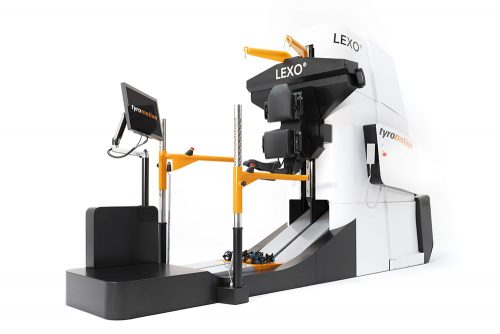 LexoGait and Locomotion
LexoGait and Locomotion
Lexo is a revolutionary gait trainer and impresses with fast setup, high patient activity and optimal trunk support. It encourages active participation and enables therapists to focus fully on their patients.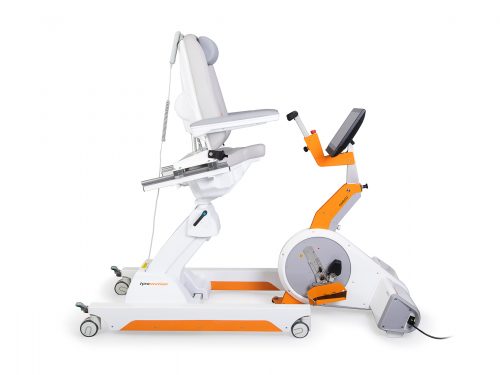 Omego Plus Gait training for the goals across all phases
Omego Plus Gait training for the goals across all phases
More than just a therapy bike! Omego Plus combines uni- and bilateral leg training, leg press, stepper, cycling & foot lift training in one device. Stride stronger with Omego Plus!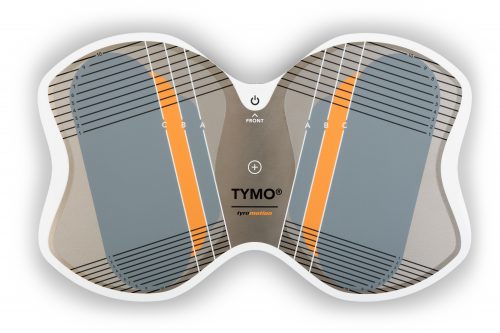 Tymo Balance training and postural control
Tymo Balance training and postural control
Small but powerful! Tymo is a versatile measurement and therapy system for the whole body. In addition to the standing position, Tymo offers a wide range of options for maximum variety during therapy.
- MTT-Line
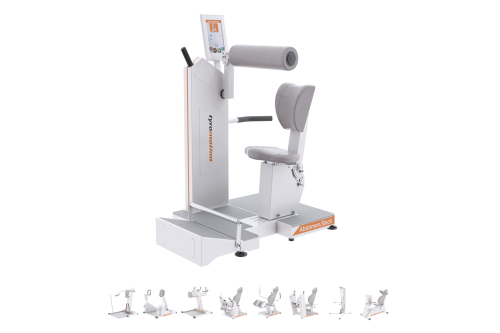 MTT-LineMedical training therapy
MTT-LineMedical training therapy
Get back in the game with the MTT-Line! The Medical Training Therapy devices are specifically designed to strengthen the six major muscle groups of the human body. Barrier free and maximum adjustability make the devices accessible for all types of patients.
- Software
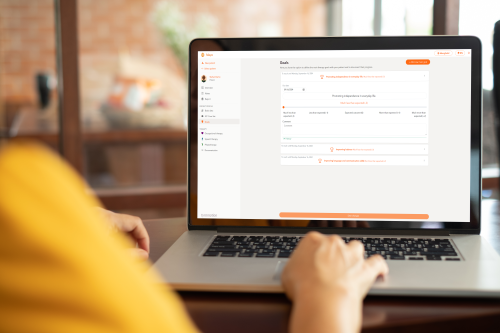 Maya Therapy Platform
Maya Therapy Platform
Maya reduces paperwork, standardizes documentation, and automates reporting, making administration effortless and efficient. Designed for therapists to work wonders!
- Upper Extremity
Patienten Story
Therapist interview: Robotics-assisted therapy for paraplegia
Michaela Partel ●
13. September 2021 ● 2 minutes
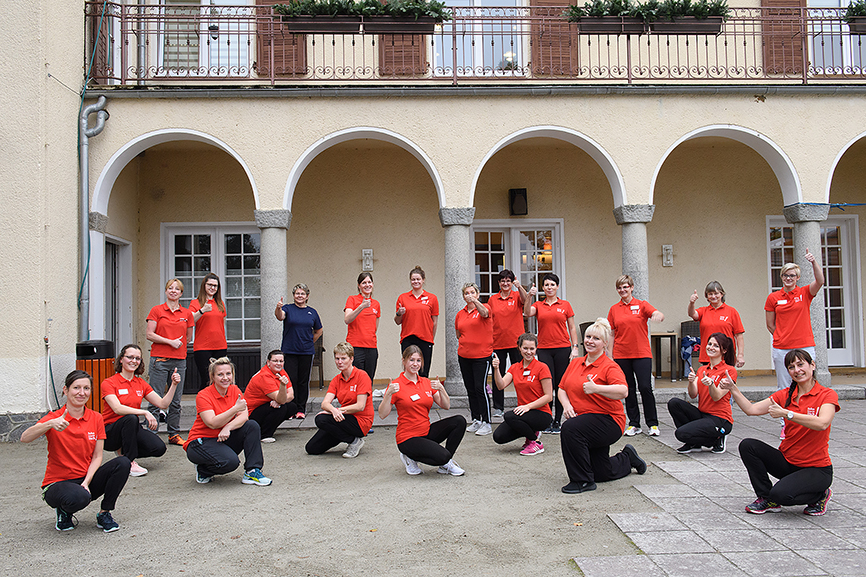
The therapists at GLG Fachklinik Wolletzsee rely not only on a lot of heart and empathy, but also on robotics in rehabilitation.
Robotics-assisted therapy for paraplegia: a patient example from the perspective of a physiotherapist at GLG Fachklinik Wolletzsee
We asked Andrea B., physiotherapist at the GLG Fachklinik Wolletzsee, about a specific patient case to gain a deeper insight into the rehabilitation routines of the clinic.
Tyromotion: Nina K. came to you for therapy with incomplete paraplegia. She had limited walking abilities and suffered from severe pain. What was your therapy approach?
Andrea B.: In Nina’s rehabilitation, the clear focus was on restoring her mobility. She was already able to walk at the beginning, but only a few steps. Since she is still very young, improving her walking ability was paramount. We wanted her to live independently again.
Tyromotion: Which measures did her therapy include?
Andrea B.: Nina’s therapy plan was based on three main pillars: 1) Sensitivity training to improve the perception of the feet and legs; 2) build-up of strength to allow her longer walking distances, mobilization, and torso stability; 3) to reduce pain, tenseness, and joint problems.
Tyromotion: How were the robotic devices integrated into the therapy?
Andrea B.: For Nina, robotic therapy devices were primarily used to build her strength. We used OMEGO with the stepper, bicycle, and foot-lift function. The aim was to strengthen Nina’s cardiovascular system and her gluteal, leg, and foot muscles. In doing so, she set the basis for further training on her endurance and walking speed on the Lexo.
Tyromotion: What benefits do you see in the use of robotics?
Andrea B.: Especially with Lexo, I see significant advantages for the patients and the therapists. The gait trainer allows us to achieve uniformity in the gait, the step length, and the speed. Without this technology, we wouldn’t be able to achieve those things. As the patient does not concentrate so much on the actual movement sequence, an upright posture is much easier to maintain. We like to use a mirror so that patients can see themselves. For me, as a therapist, communication with the patients has changed. I can clearly show them how their abilities are evolving with the protocols of the devices; even small development steps become visible. The positive feedback encourages patients to continue with therapy during a difficult time.
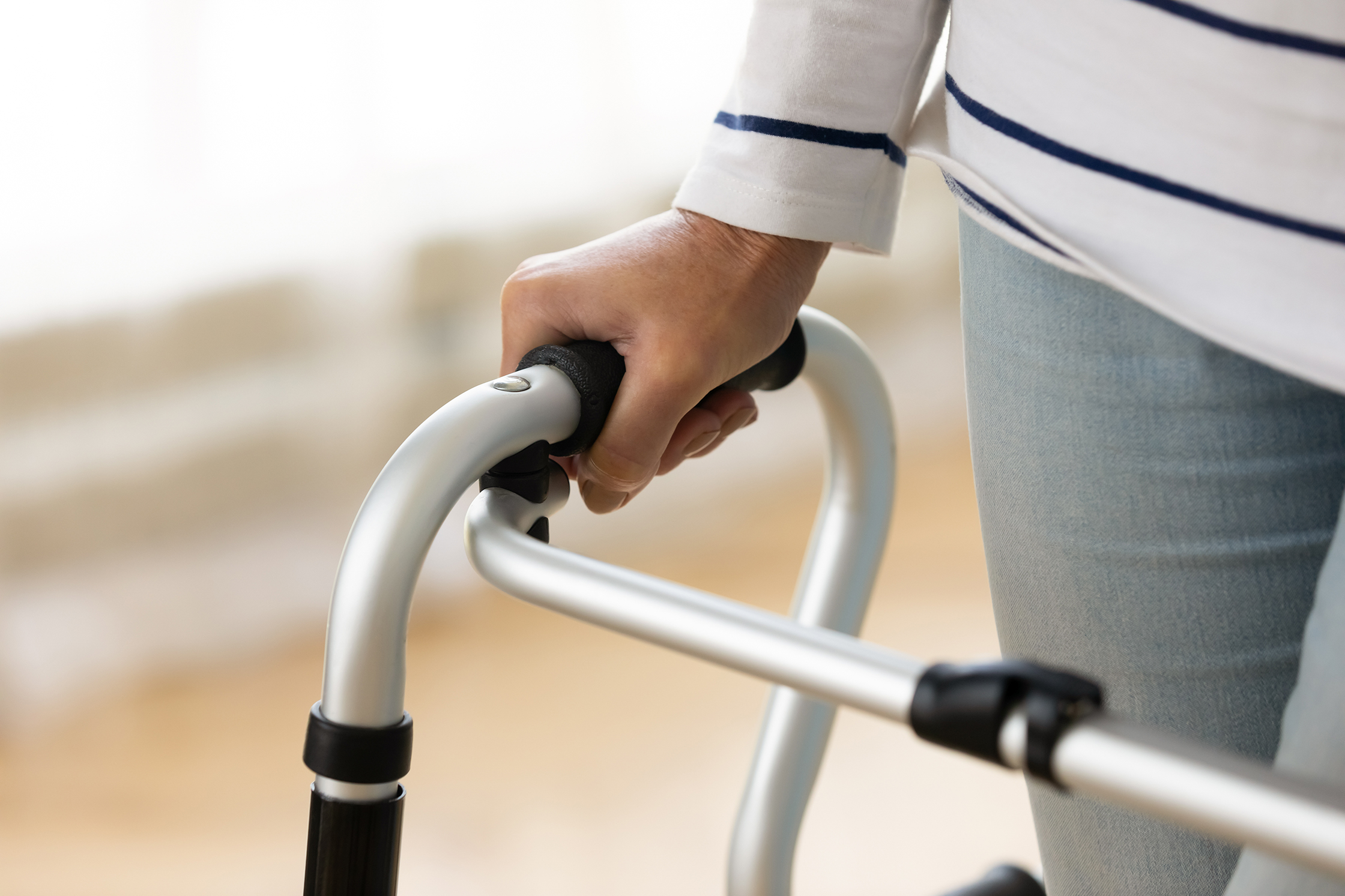
Every little bit of progress is documented during therapy with robotics-assisted devices, which has a positive effect on patient motivation.
Motivation to continue through measurable successes
Tyromotion: How did you motivate Nina to continue?
Andrea B.: Nina was very ambitious throughout the therapy. We sometimes had to make sure that she didn’t overdo it. To make her understand her progress, we filmed her walking on the Lexo or presented her with the protocols. In the force analysis of the OMEGO Plus, it became very clear that her leg force had more than doubled within three months.
Tyromotion: Is there anything else you would like to share about Nina?
Andrea B.: Nina is an incredibly strong woman. Her strength and motivation will continue to help her achieve her goals.
Tyromotion: Thank you for the interview!
You might also be interested in
4. April 2023
Health
Rehabilitation
Stroke nutrition guidelines for optimal health
Nutrition as the key part in health and well-being of stroke survivors A healthy, balanced …
21. March 2023
Rehabilitation
Kinesio taping in neurology as a useful therapy supplement
The Kinesio tape and its usefulness in neurological therapy What was originally known only from …
7. March 2023
Rehabilitation
Exercises against freezing of gait in Parkinson’s disease
When the legs freeze – how does the symptom “Freezing of Gait” manifest itself? Parkinson’s …



 Contact
Contact 

 Contact
Contact 